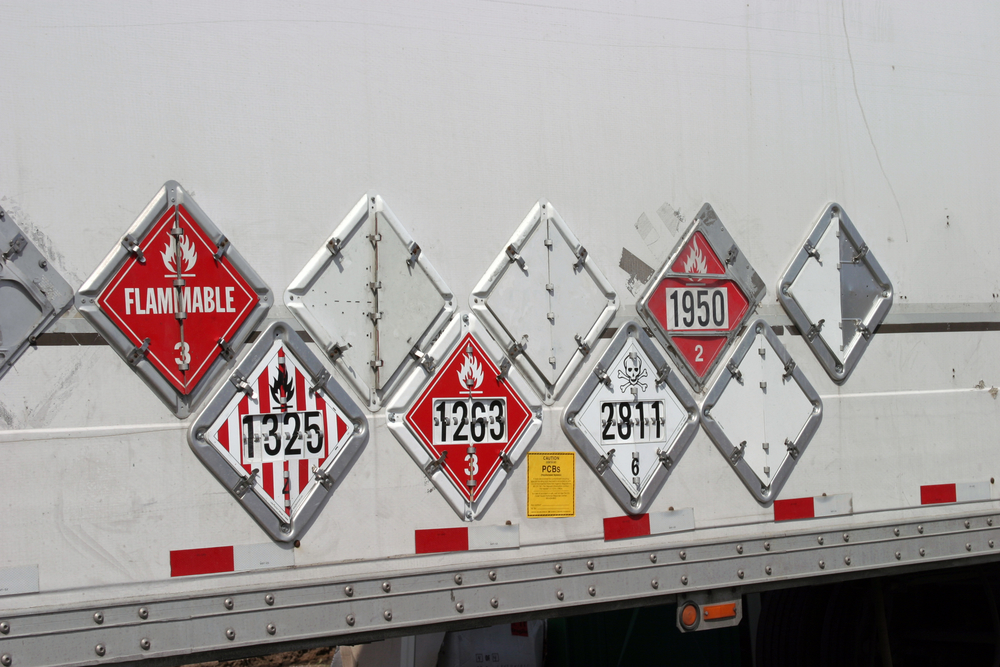
Understanding the Regulations and Requirements for Transporting Hazardous Materials
Transporting hazardous materials requires careful consideration and adherence to strict regulations and requirements to ensure the safety of everyone involved. Whether you are a business that regularly transports hazardous materials or an individual shipping a one-time package, understanding the regulations and requirements is crucial to avoid accidents, protect the environment, and comply with the law. In this blog, we will discuss the key aspects of transporting hazardous materials, including regulations, requirements, and best practices.
Regulations for Transporting Hazardous Materials
The United States Department of Transportation (DOT) and other regulatory bodies have established comprehensive regulations for the transportation of hazardous materials. These regulations, outlined in the Hazardous Materials Regulations (HMR) under Title 49 of the Code of Federal Regulations (CFR), govern every aspect of transporting hazardous materials, including packaging, labeling, handling, and documentation. It is essential for any entity involved in the transportation of hazardous materials to be familiar with and comply with these regulations to ensure the safety of people and the environment.
Classification of Hazardous Materials
One of the first steps in transporting hazardous materials is to properly classify the materials according to their hazardous properties. The HMR categorizes hazardous materials into nine classes, each representing a different type of hazard, such as flammable liquids, corrosive substances, and explosives. Properly classifying the materials is essential for determining the appropriate packaging, labeling, and handling requirements for transportation.
Packaging and Labeling Requirements
Proper packaging and labeling of hazardous materials are critical for ensuring their safe transport. The HMR specifies the types of packaging that must be used for different classes of hazardous materials, as well as requirements for labeling the packages with hazard communication information. Packaging must be designed to withstand the conditions of transportation and prevent leaks, spills, and other incidents that could pose a risk to people and the environment.
Handling and Loading Procedures
Proper handling and loading procedures are essential for the safe transportation of hazardous materials. Individuals involved in the transport of hazardous materials must be trained on how to safely handle and load the materials, including techniques for preventing spills, leaks, and other accidents. Additionally, certain hazardous materials may require specific handling procedures, such as temperature control or segregation from other incompatible materials.
Documentation and Recordkeeping
Accurate documentation is a key aspect of transporting hazardous materials. The HMR requires shippers to prepare shipping papers that provide essential information about the hazardous materials being transported, including their classification, quantity, and proper shipping name. In addition to shipping papers, other documentation, such as emergency response information and manifests, may be required depending on the type of hazardous materials being transported.
Emergency Response and Incident Reporting
In the event of an accident or incident during the transportation of hazardous materials, it is critical to have a well-defined emergency response plan in place. This plan should outline procedures for responding to spills, leaks, fires, or other emergencies involving hazardous materials, including steps to protect people, the environment, and property. Additionally, certain incidents may need to be reported to regulatory authorities, such as the DOT, within specific timeframes.
Training and Certification Requirements
To ensure the safe transportation of hazardous materials, individuals involved in the process must receive proper training and certification. The HMR mandates that employees who handle, package, label, or transport hazardous materials undergo training on the regulations and requirements for safe transportation. This training must be provided by qualified instructors and include instruction on topics such as hazard recognition, emergency response, and security awareness.
Best Practices for Transporting Hazardous Materials
In addition to complying with regulations and requirements, there are several best practices that can help ensure the safe transportation of hazardous materials. These include conducting regular inspections of packaging and labeling, maintaining proper documentation and records, implementing a comprehensive emergency response plan, and staying up-to-date on changes to regulations and requirements. By following these best practices, shippers can minimize risks and promote the safe and efficient transport of hazardous materials.
Summary
Transporting hazardous materials requires a thorough understanding of regulations and requirements to ensure the safety of individuals, the environment, and property. By properly classifying hazardous materials, adhering to packaging and labeling requirements, implementing appropriate handling and loading procedures, and maintaining accurate documentation and records, shippers can help prevent accidents and comply with the law. Additionally, training employees on the regulations, emergency response procedures, and best practices is essential for promoting a culture of safety and compliance within organizations involved in the transportation of hazardous materials.
Need Hazmat Shipping in North Charleston, SC?
Welcome to All Points Transport! Established in 2005, All Points Transport has over 14 years of intermodal and containerized experience. Intermodal shipping is the process of moving various types of cargo while utilizing more than one method of transportation. We specialize in the one-way and round-trip inland movement of import and export containers, shipping product across the United States. At All Points Transport, we are the company to trust when it comes to shipping specialized cargo, including over-dimensional transport, hazmat transport, refrigerated transport, and more. We will guarantee a safe, reliable, and cost-effective service provided by our experienced staff. Call us today for more information!
Categorised in: Hazardous Material, Hazmat Shipping
